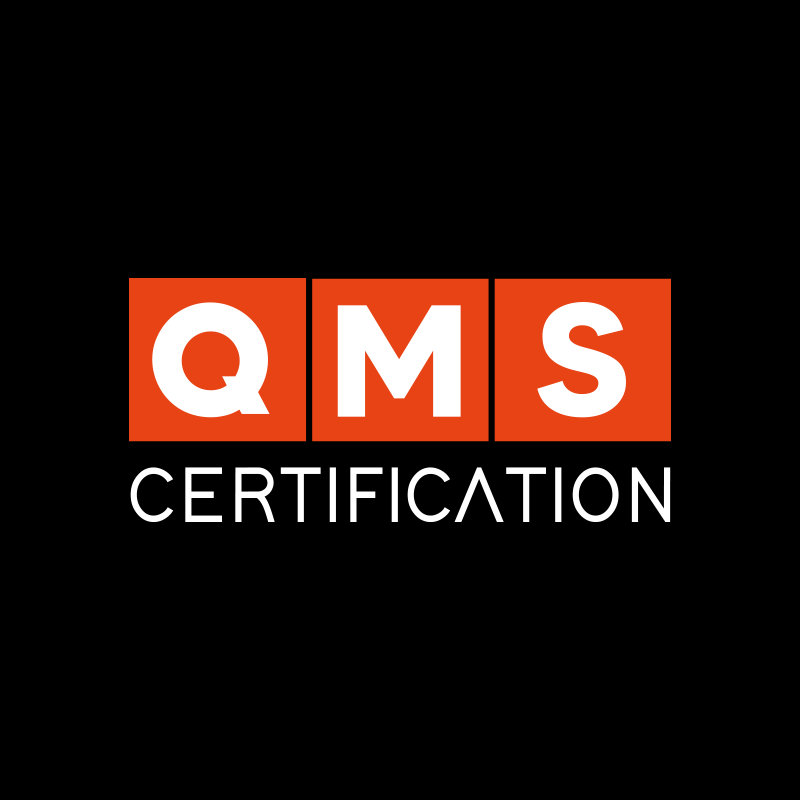There’s no doubt that the implementation of ISO 45001 in Occupational Health and Safety (OHS) has brought innovations that revolutionized the field and helped organizations around the world take better care of their workers.
And for good reason—ISO 45001 was a true turning point in OHS. The standard not only replaced the former and widely recognized OHSAS 18001, but also marked a qualitative leap in how organizations address health and safety.
In this content, we’ll explore the main innovations brought by ISO 45001 that have transformed the field. By the end, you’ll understand how this standard has reshaped OHS and why it continues to be a driving force for workplace health and safety improvements.
Learn how to promote mental health in the workplace with ISO 45001
A Proactive, Not Reactive, Approach
Before the introduction of ISO 45001 in OHS, many management systems were primarily reactive—focused on responding to accidents and incidents after they occurred. The standard introduced a shift in mindset, promoting preventive actions instead.
In practice, this means identifying risks and opportunities before something happens. It changes the game—taking us from “putting out fires” to “preventing the flames.” As the old saying goes: “An ounce of prevention is worth a pound of cure.” Instead of spending time and money fixing problems, we now focus on avoiding them altogether.
Stronger Integration with Organizational Strategy
Before ISO 45001, OHS management systems were often disconnected from other departments. In practice, this made it harder to justify investments or drive improvement.
Now, ISO 45001 is aligned with other ISO standards (such as ISO 9001 and ISO 14001) through the High-Level Structure (HLS) defined by Annex SL. This greatly facilitates integration with organizational strategic planning.
As a result, OHS is no longer a standalone department—it becomes part of the company’s strategic engine. It contributes not only to improving health and safety but also to driving performance and achieving business goals. That’s why adopting ISO 45001 for OHS makes even more sense for modern organizations.
Active Employee Participation
Another major contribution of ISO 45001 to OHS is employee involvement.
The standard requires that workers be consulted and actively involved in building the management system. This empowers teams and creates a stronger safety culture, where everyone feels responsible for their own safety—and that of their colleagues.
As the main stakeholders in the OHSMS, employees have deeper knowledge of day-to-day operations. They are well-positioned to propose solutions, identify risks, and highlight improvement opportunities. This also helps prevent conflicts and reinforces a people-first safety approach.
Commitment to Continuous Improvement
ISO 45001 also emphasizes the use of the well-known PDCA cycle (Plan, Do, Check, Act)—one of the world’s most recognized tools for process improvement.
This promotes constant analysis, review, and enhancement of the OHSMS. It prevents stagnation and enables companies to evolve alongside new technologies, activities, and the changing needs of workers and the organization.
Beyond Hazards: True Risk and Opportunity Management
Older safety systems often focused heavily on managing workplace hazards. While that remains important, it isn’t enough to achieve true OHSMS effectiveness.
With ISO 45001, the focus expands from just “hazards” to organizational risks and opportunities for improvement. This broadens the organization’s awareness and strengthens its resilience—even during times of crisis.
Read: The difference between Risks and Hazards and its relationship with ISO 45001
Leadership Engagement Is Essential
Before ISO 45001, it was common for the responsibility for OHSMS to be delegated—or even neglected. But under this standard, leadership can no longer be passive.
ISO 45001 requires visible commitment from top management, elevating OHS as a strategic priority and embedding it in the organizational culture. This is a game-changer for sustaining and improving OHS and encouraging investment in safety and well-being.
ISO 45001 in Occupational Health and Safety: A Necessary Revolution
Of course, occupational health and safety go beyond ISO 45001. But the standard was a true turning point for the field—and a milestone for society at large.
By promoting a new mindset that prioritizes prevention, active worker engagement, and leadership accountability, ISO 45001 expanded the role of safety far beyond legal compliance. It made health and safety management a core part of organizational culture.
More than just a certification, the standard represents a shift in thinking—where life, well-being, and individual integrity matter every day, in every process, and in every decision.
In a world where risks are constantly evolving and the nature of work is always changing, ISO 45001 reminds us of something essential: safety isn’t improvised—it’s built, strengthened, and lived. May this inspire us to move forward with seriousness, empathy, and continuous action—and with the proper implementation of ISO 45001 in Occupational Health and Safety!










